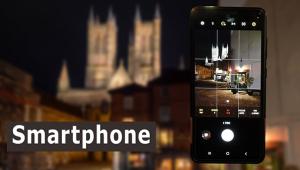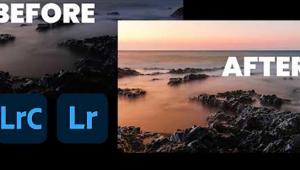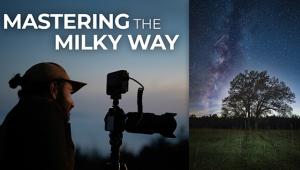The Zeiss Distagon f/2 28mm ZF Lens; A Manual Focus Lens For Film And/Or Digital SLRs Page 2
Manual focusing a wide angle lens on a D70 is therefore slow, even with an f/2, and scale focus is arguably at least as much use. If you are prepared to take the time, you will get superb results: easily the best results I have seen with my D70 have all been with Zeiss lenses. On the other hand, I have to admit that I was disappointed in my hope that this would be a “fast standard” lens, because it was too slow to focus. Besides, I am spoiled by rangefinder lenses, which are much quicker and easier to focus: quicker, indeed, than autofocus, in my experience.
 |
|
|
Also, metering with a plain, mechanical lens on the D70 is impossible, and although I have no problem with unmetered cameras—they are what I have used for most of my life, after all—I must admit that I have become spoiled by through-lens metering over the decades. Some (but not all) D-SLRs do allow some form of metering with manual lenses.
Switch to what I persist in regarding as a “real” camera—one that uses film—and it is very hard to fault the 2/28 Distagon. Focusing with almost any manual focus screen is quick and easy, and of course, if the camera has a meter—I used the lens on an old Nikkormat FTN as well as on an unmetered Nikon F—it works fine: the lens has both the AI ridge and the “rabbit ears” for coupling with the metering pin of pre-AI Nikon meters. I used the Distagon both indoors and out, and I was delighted.
The trouble is, having taken four paragraphs to say that this is not an ideal lens for digital Nikons, it takes only a paragraph to say that it is close to perfect on film Nikons; so the conclusions need to be restated somewhat.
 |
|
|
First of all, on digital, if you are prepared to accept the inevitable slowing down of using a manual focus lens on a camera designed for autofocus, you are likely to find it difficult or impossible to get better results than the 2/28 Distagon can deliver.
Second, on film, the results are superb. Sure, many people can live without f/2 on a 28mm lens, but it does make the screen much brighter and easier to focus, even in good light, and when light levels are low, you may really be glad of the extra stop as compared with the f/2.8 that most people regard as normal for a 28mm lens.
For either medium, digital or film, this is a craftsman’s lens. A poor workman, they say, blames his tools. By the same token, a good workman buys the best tools he can afford, learns to exploit them to their limits, and looks after them; while understanding, of course, that the best tools are also the longest lived, hardest wearing, and most forgiving of the occasional abuse.
 |
|
|
The bottom line: would I buy this lens? Well, no, but the two reasons why I wouldn’t have nothing to do with the quality. First, I use mostly rangefinder cameras, so I’m not going to lug a separate SLR system alongside these. If I still used SLRs, it would be a very different question. This is despite the second consideration, that I have never found 28mm a particularly sympathetic focal length, whether in SLR or in rangefinder. Put it this way: if I were going to buy any 28mm lens, this would probably be the one. If you use reflexes, and if you like the 28mm focal length, I’d suggest very strongly indeed that the Distagon should head your list of possible purchases.
Zeiss lenses are imported by Carl Zeiss MicroImaging, Inc., One Zeiss Dr., Thornwood, NY 10594; (800) 543-1033; www.zeiss.com.
Note: Further pictures of Oiron are to be found in the Galleries (France) on www.rogerandfrances.com.
- Log in or register to post comments

































